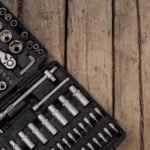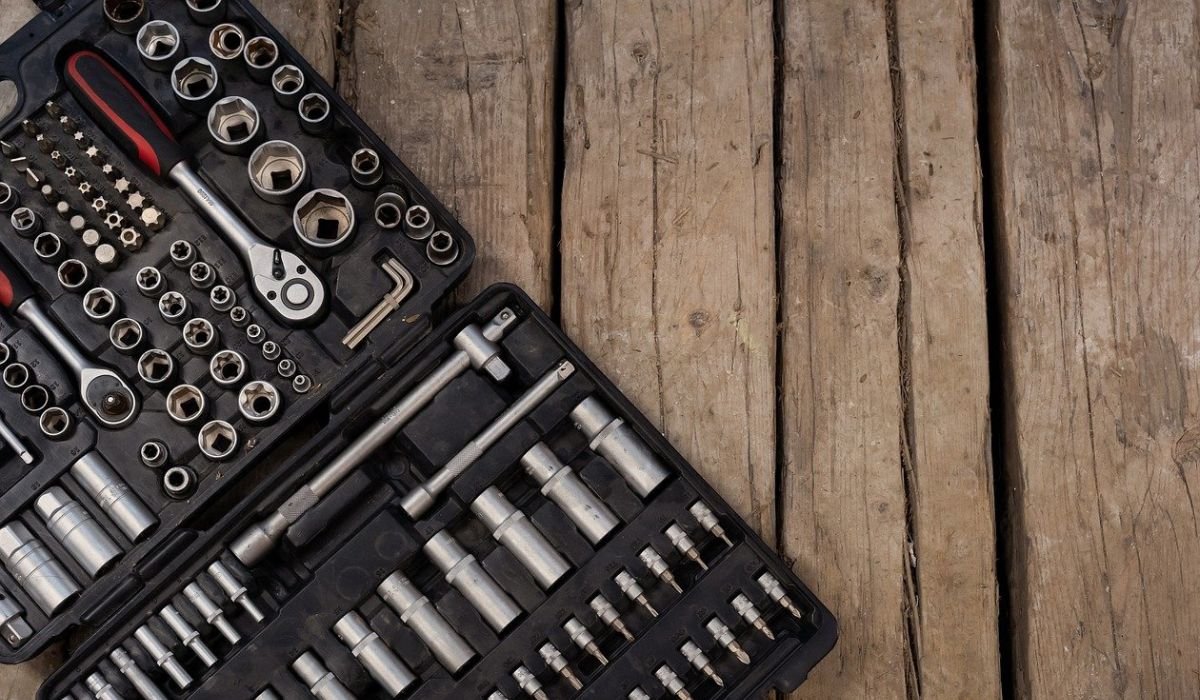Introduction
When it comes to vehicle performance, transmission health is crucial. A well-functioning transmission ensures smooth gear shifts and optimal power delivery, which can significantly impact your driving experience. Among the complex components of modern transmissions, solenoids play a pivotal role. This article aims to provide a comprehensive guide to understanding the ZF 6HP21 EDS3 solenoid diagram, shedding light on its functionality, troubleshooting, and maintenance.
The ZF 6HP21 EDS3 Transmission: A Brief Overview
Key Features and Benefits
The ZF 6HP21 EDS3 transmission is renowned for its advanced engineering and performance capabilities. Some key features include:
- Six-speed automatic transmission: This provides a wider range of gear ratios, enhancing acceleration and fuel efficiency.
- Adaptive transmission control: The EDS3 system optimizes shifting patterns based on driving conditions and driver behavior.
- Improved torque handling: Designed to handle higher torque loads, making it suitable for a variety of vehicles, from sedans to SUVs.
Common Applications
The ZF 6HP21 EDS3 transmission is commonly used in various vehicle models, including:
- BMW: Known for its sporty performance and luxury features.
- Land Rover: Used in several models to provide off-road capability.
- Ford: Implemented in some of their higher-end vehicles for enhanced driving dynamics.
The Role of Solenoids in Transmission Control
Basic Solenoid Function
Solenoids are electromechanical devices that control the flow of hydraulic fluid within the transmission. They are responsible for:
- Shifting gears: Solenoids activate or deactivate specific hydraulic circuits, allowing the transmission to shift gears seamlessly.
- Maintaining hydraulic pressure: By controlling the pressure within the system, solenoids ensure that the transmission operates effectively.
Types of Solenoids in the ZF 6HP21 EDS3
The ZF 6HP21 EDS3 features several types of solenoids, including:
- Shift solenoids: Control the engagement of gears.
- Pressure control solenoids: Regulate hydraulic pressure for smoother shifts.
- Lock-up solenoids: Engage the torque converter lock-up to improve fuel efficiency at cruising speeds.
Deciphering the Solenoid Diagram
Components of the Diagram
Understanding the solenoid diagram requires familiarity with various components, including:
- Solenoids: Represented as specific shapes or symbols indicating their function.
- Connectors: Indicate where wiring harnesses connect to solenoids.
- Wiring harnesses: Depict the electrical connections that facilitate communication between solenoids and the control module.
Reading the Diagram
To read the solenoid diagram:
- Identify the solenoid locations: Locate each solenoid based on the diagram’s layout.
- Follow wiring paths: Understand how electrical signals travel from the control module to each solenoid.
- Interpret symbols: Familiarize yourself with any specialized symbols used in the diagram.
Common Symbols and Abbreviations
Here are some symbols you may encounter:
- S: Represents solenoid.
- C: Indicates a connector.
- P: Stands for pressure control.
- L: Refers to lock-up solenoids.
Identifying Solenoid Locations
Visual Reference
A visual reference of the ZF 6HP21 EDS3 transmission can help in locating solenoids. Typically, solenoids are located near the valve body, but the specific layout may vary.
Using the Diagram
To locate specific solenoids:
- Cross-reference the diagram with physical components: Match the diagram’s symbols with actual solenoid locations.
- Use visual aids: Diagrams often come with additional visuals that can help you identify where each component is situated.
Troubleshooting with the Solenoid Diagram
Common Transmission Issues
Some common issues that may indicate solenoid problems include:
- Harsh shifting: Could indicate a malfunctioning shift solenoid.
- Delayed engagement: Often a sign of pressure control solenoid failure.
- Slipping gears: May be caused by faulty lock-up solenoids.
Using the Diagram for Diagnosis
To diagnose potential issues:
- Refer to symptoms: Compare symptoms with potential solenoid failures.
- Use the diagram to trace connections: Identify which solenoids might be involved in the issue.
Testing Solenoids
To test solenoids, you can use a multimeter:
- Disconnect the solenoid: Ensure the vehicle is off before proceeding.
- Measure resistance: Check the resistance according to specifications; deviations may indicate a fault.
Replacing Solenoids: A Step-by-Step Guide
Tools and Equipment
Before starting, gather the following tools:
- Socket set: For removing solenoid bolts.
- Multimeter: For testing solenoid functionality.
- Torque wrench: To ensure proper fastening.
Safety Precautions
Safety is paramount when working on a transmission:
- Disconnect the battery: Prevent electrical shorts or accidental starts.
- Use safety glasses: Protect your eyes from fluid spills.
Step-by-Step Instructions
- Access the transmission: Remove necessary components to gain access to the solenoids.
- Identify the faulty solenoid: Use the solenoid diagram for accurate identification.
- Remove the old solenoid: Unscrew and disconnect the wiring harness.
- Install the new solenoid: Secure it in place and reconnect the wiring.
- Reassemble the transmission: Ensure all components are reattached properly.
You May Also Like: Understanding the Role of Käntäj in Finnish Translation
Conclusion
Understanding the ZF 6HP21 EDS3 solenoid diagram is essential for effective troubleshooting and maintenance of your vehicle’s transmission. By familiarizing yourself with the components, reading the diagram correctly, and knowing how to diagnose issues, you can ensure the longevity and performance of your transmission. Regular maintenance and timely repairs will keep your vehicle running smoothly, ultimately enhancing your driving experience.
FAQs
What is the function of solenoids in the ZF 6HP21 EDS3 transmission?
Solenoids control hydraulic pressure and shifting, enabling smooth gear changes.
How can I locate solenoids using the diagram?
Cross-reference the diagram with your transmission’s layout to find specific solenoid locations.
What are common signs of solenoid failure?
Symptoms include harsh shifting, delayed engagement, and slipping gears.
How do I test a solenoid for functionality?
Use a multimeter to measure resistance after disconnecting the solenoid from the vehicle.
Is replacing a solenoid a complex task?
With the right tools and guidance, replacing a solenoid can be straightforward.











